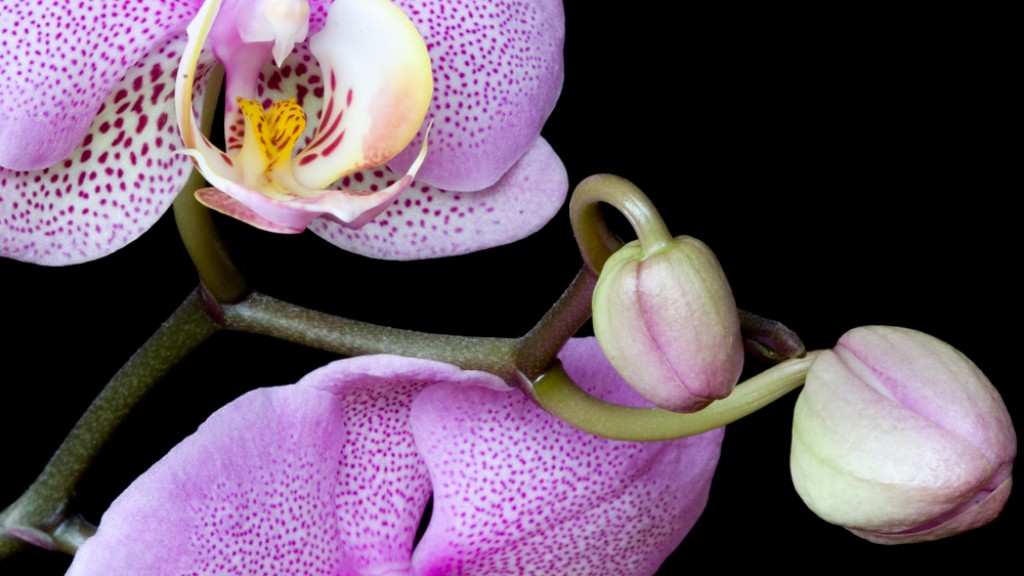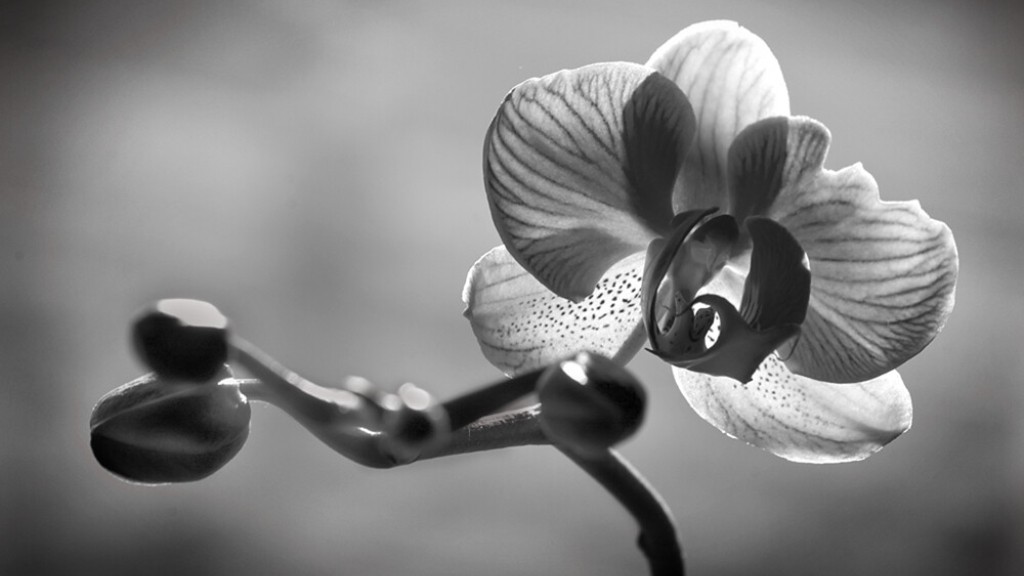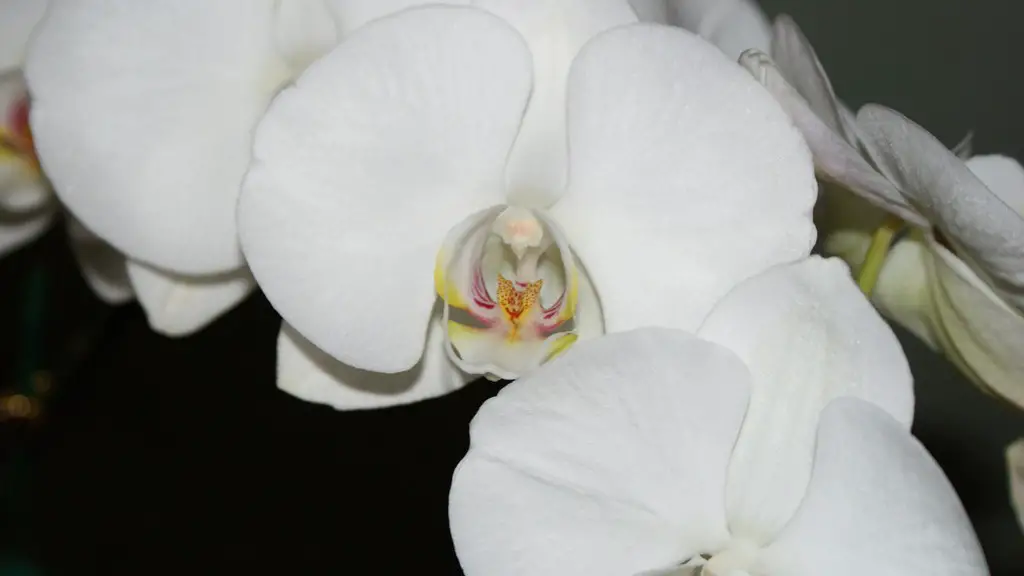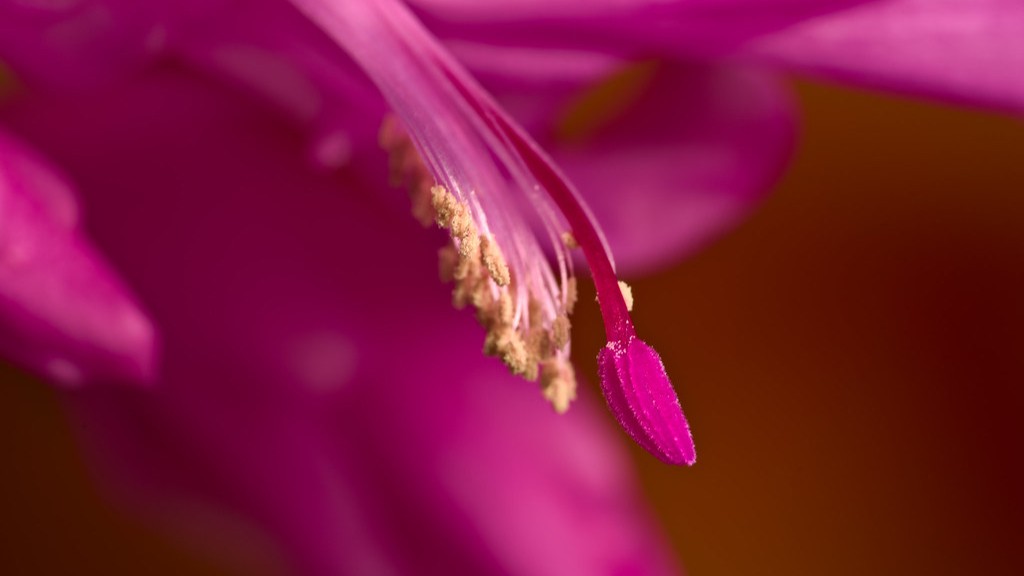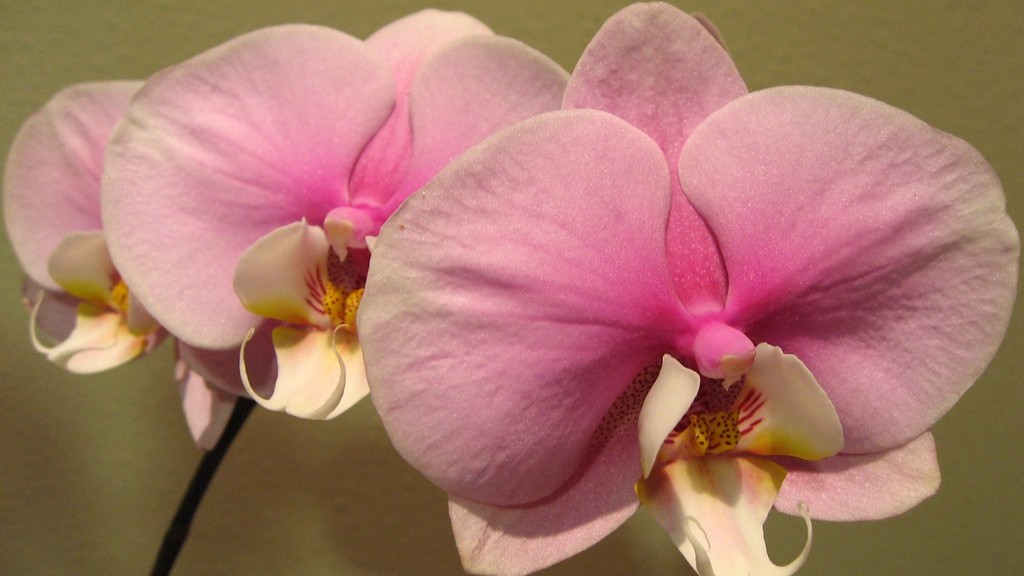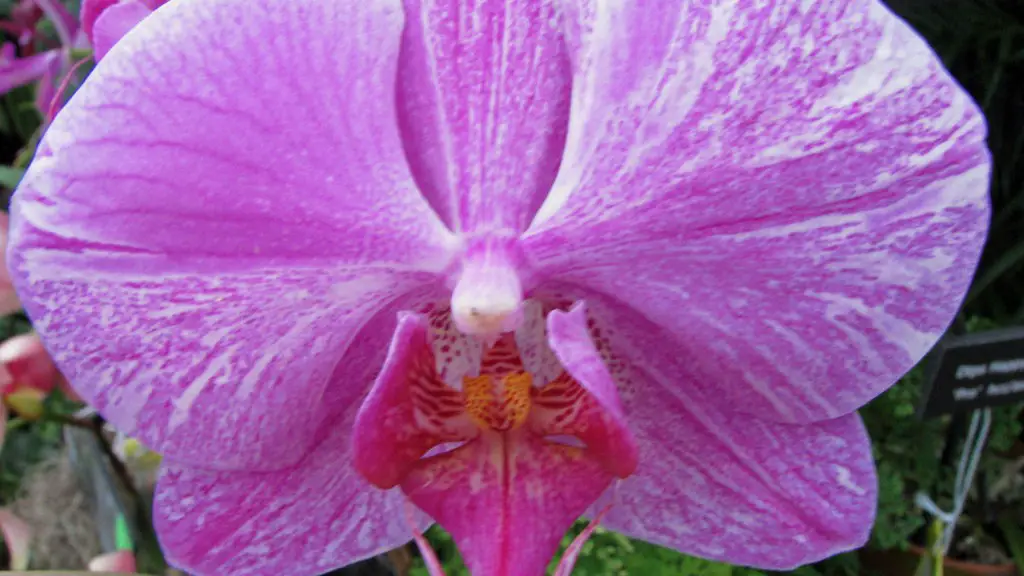Phalaenopsis orchids are one of the most popular types of Orchids. They are often called Moth Orchids because their blooms resemble moths in flight. Phalaenopsis Orchids are native to tropical areas and prefer warm climates. They can be found in the rainforests of Southeast Asia, where they grow clinging to trees. Phalaenopsis orchids are epiphytes, which means they do not grow in soil, but instead in the air.
Phalaenopsis Orchids are known for their long-lasting blooms. In nature, Phalaenopsis Orchids bloom seasonally, but when grown in captivity, they can bloom several times a year. It is not uncommon for Phalaenopsis Orchids to bloom for several months at a time.
If you are thinking about getting a Phalaenopsis Orchid, you may be wondering if they will rebloom. The answer is yes! With the proper care, Phalaenopsis Orchids will rebloom.
A phalaenopsis orchid will rebloom if it is kept in a humid environment with bright, indirect light and is fertilized regularly.
How do I get my Phalaenopsis orchid to rebloom?
If you want your orchid to rebloom, make sure to give it plenty of light. Place it in an area that receives bright, indirect sunlight for best results. The more light your orchid gets, the longer its blooms will last and the greater its chances of reblooming.
If you want to keep your orchid looking its best, it’s important to remove the flower spike after the flowers drop. This will prevent the stem from turning brown or yellow. To remove the flower spike, simply clip it off at the base of the plant.
How do you get an orchid to bloom again
If you want your orchid to start reblooming, there are a few simple steps you can follow. First, continue to water your orchid with 3 ice cubes once a week. Second, fertilize your orchid once or twice a month using a balanced houseplant fertilizer at half strength. Finally, provide plenty of indirect sunlight to help your orchid grow. Put your orchid in a cooler spot at night to help encourage reblooming.
Different phalaenopsis orchids can have different blooming periods, but most of them will bloom for several months at a time. During this period, the plant can be pollinated again, which will help it to create new flowers. It can take anywhere from 9 to 14 months for an orchid to complete a life cycle. If it doesn’t die, it can typically re-bloom once every 8 to 12 months.
What triggers flowering in Phalaenopsis?
Phalaenopsis orchids are some of the most popular flowers in the world. They are native to tropical regions and typically bloom in the winter months. However, most species of phalaenopsis do not require a specific photoperiod to induce flowering. Instead, it is the low temperature that triggers phalaenopsis to start the flowering process. This means that these flowers can be grown in a variety of climates and will still produce beautiful blooms.
If you want your Phalaenopsis orchid to re-bloom, you need to give it a little extra care. Phalaenopsis orchids are typically easy to care for, but you need to make sure that you are providing them with the right conditions for re-blooming. Some tips for getting your Phalaenopsis orchid to re-bloom include:
– water your orchid regularly, making sure to keep the roots moist but not wet
– fertilize your orchid regularly, using a balanced fertilizer
– provide your orchid with good air circulation
– give your orchid plenty of light, but not direct sunlight
If you follow these tips, your Phalaenopsis orchid should re-bloom for you.
Do you still water orchids after flowering?
Just because your orchid no longer has its blooms doesn’t mean you should stop watering it. Continue to water your orchid with three ice cubes (one ice cube for orchid minis) on the usual day each week.
If you want your Phalaenopsis orchid to rebloom, you’ll need to leave the flower stalk intact. Other types of orchids can be trimmed at the base of the stalk after they’ve bloomed, but Phalaenopsis orchids need to keep their stalks in order to bloom again.
What month do orchids lose their flowers
It is time to repot your Phalaenopsis orchid when it goes out of bloom in late June or early July. This will give the plant a chance to recover and bloom again in the late winter or spring.
If you want to encourage your moth orchid to bloom again, you can try tricking it by moving the pot to a cooler location at night. The plant responds to a significant temperature change, so blooming will occur when there is a 10-15 degree difference between daytime and nighttime temperatures. By moving the pot, you can create the optimal conditions for bloom and enjoy the beauty of these flowers all winter long.
Will an orchid grow a new stem?
Orchids are a beautiful and popular type of flower, and fortunately, they can be propagated relatively easily from stem cuttings. This means that if you have an orchid that you want to divide, or if you want to create a new plant from an existing one, you can do so by taking a stem cutting and following a few simple steps. With a little patience and care, you can have a beautiful new orchid in no time!
Orchids require a lot of light in order to produce flowers. If your orchid isn’t blooming, it’s probably because it isn’t getting enough light. The best way to tell if your orchid is getting enough light is to look at the color of its leaves. If the leaves are green, then it is getting enough light. If the leaves are yellow or brown, then it is not getting enough light.
How often should I water my Phalaenopsis orchid
If your phal is potted in bark, watering once a week is generally sufficient. If your plant is potted in moss, water when the top feels dry. The amount of light and heat your plant receives will also affect how soon your phal needs watering. Summer months will need more frequent watering, winter will need less.
You can propagate a Phalaenopsis or another monopodial (single-stemmed) orchid by cutting the stem. The thing is, we’re not talking a flower stem here, we’re talking mature orchids that have so many leaves stacked on top of each other that a good-sized stem has formed.
How long does a Phalaenopsis orchid live?
plant enthusiasts or those with a bit more of an interest in plant care often choose to keep their Phalaenopsis orchids from year to year. With proper care, these plants can last for 10 to 15 years as houseplants. Many find the long-term care of Phalaenopsis orchids to be rewarding, as the plants often bloom multiple times over the years.
Coffee grounds are an excellent fertilizer, especially for orchids and African violets. They are a good source of nitrogen, which is essential for plant growth, and they also help to improve drainage and aeration in the soil.
Where do you cut orchid stems after they bloom
When it comes to trimming orchid spikes, there are two schools of thought: green spikes and brown spikes. For healthy, green spikes, find a node under the lowest flower bloom and trim 1 inch above that node, or bump, on the orchid spike. For unhealthy, brown spikes, cut all the way back to the base of the plant. For double-spike orchids, cut one spike at the base of the plant.
Orchids prefer bright, indirect sunlight. South or east-facing windows are ideal, as west windows can be too hot and northern windows too dark. If you can’t find a good location to grow your orchids, placing them under artificial lights is the last resort.
Conclusion
It is possible for a Phalaenopsis orchid to rebloom, but it is not guaranteed. If the conditions are right and the plant is healthy, it should produce another bloom cycle.
It is possible for a phalaenopsis orchid to rebloom. If the plant is healthy and the conditions are right, the orchid may produce another bloom cycle.
